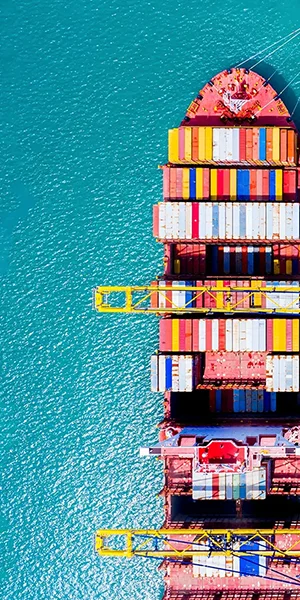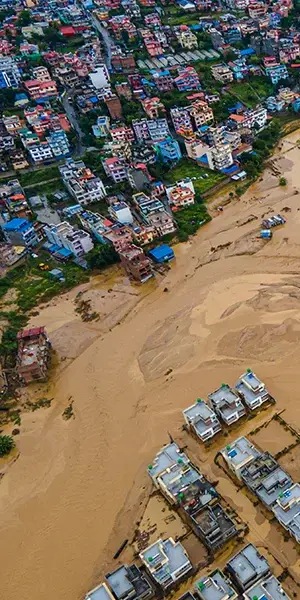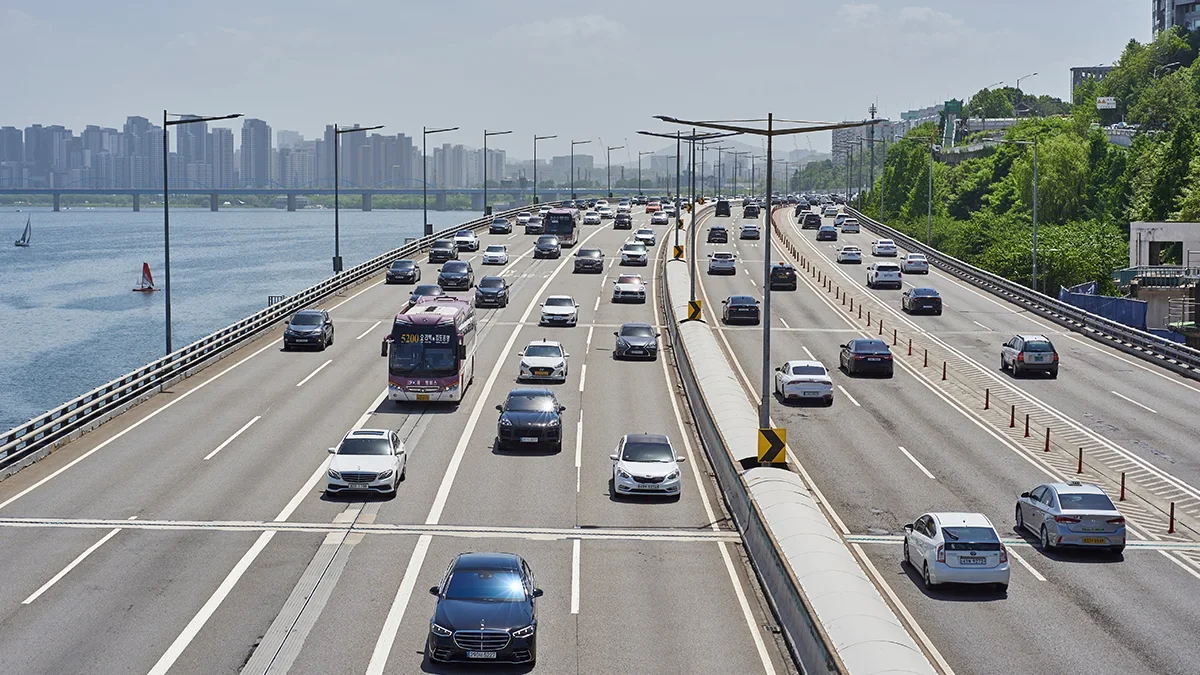(Re)in Summary
• Economic losses across the Philippines, Taiwan, Hong Kong, Macau, and China could reach hundreds of millions of US dollars, according to the latest weekly catastrophe report by Aon.
• Meanwhile, insured losses are estimated to be much lower, potentially reaching only tens of millions of US dollars.
• The Philippines suffered significant effects, including power outages for 750,000 households and agricultural losses of US$260,000 in the province of Cagayan. In Taiwan, the storm caused a barrier lake to collapse, resulting in 15 deaths and 7 people missing.
Insured losses from Super Typhoon Ragasa, the world’s strongest typhoon so far in 2025, are expected to exceed tens of millions of US dollars, according to Aon’s latest catastrophe report.
In its Weekly Catastrophe Report dated September 26, Aon estimated total economic losses in the hundreds of millions of US dollars, with Ragasa causing damage across the Philippines, Taiwan, and southern China. The gap between insured and economic costs in Asia reflects the region’s well-known protection gap. Verisk estimated earlier this month that only 12% of catastrophe losses in Asia are insured.
The Philippines was the first country Ragasa struck, making landfall at peak strength on September 22 and causing heavy damage in northern Luzon. Around 750,000 households experienced power outages, while damages to the energy infrastructure alone amounted to US$40,000, according to Aon. The province of Cagayan was among the hardest hit, with agricultural losses of US$260,000.
In Taiwan, a barrier lake collapsed in Hualien County, sending a wall of mud and water into Guangfu. Aon reported 14 fatalities, while authorities later revised the toll to 15 dead with 7 still missing as of September 26, according to Reuters. Aon added that this breach led to extensive flooding in Guangfu Township, submerging numerous structures.
Casualties were relatively low in China, Hong Kong, and Macau. In Hong Kong, Ragasa led to 85 flooding incidents, toppled 1,200 trees, and caused a landslide. In a September 26 update, Howden noted that insured losses in Hong Kong from Ragasa are expected to be lower than those from Typhoon Mangkhut in 2018, which caused HK$3.7bn (US$472m) in damage.
Howden attributed the smaller impact to stronger preparation and resilience, though it cautioned that reinsurers could still face sizeable losses given Hong Kong’s reliance on pro-rata reinsurance structures.
Ahead of the storm’s landfall on September 24, authorities in China evacuated almost two million people across the southern province of Guangdong. Aon reported that the government allocated US$21m for disaster relief.
The global broker compared the severity of Super Typhoon Ragasa, which had maximum sustained winds of 270kph (170mph), to the trajectories of Typhoon Hato in 2017 and Typhoon Mangkhut in 2018, adding that the ultimate financial toll will still evolve.























